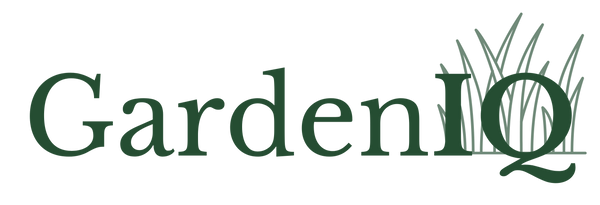
Early-Summer Feeding Plan: Keep Vegetables, Flowers, and Turf Thriving
Why midsummer nutrition matters
Long daylight hours drive the fastest photosynthesis of the year. Your garden pulls nitrogen, potassium, and micros out of the root zone at record speed. Rain and hose water then leach those same nutrients, so plants stall just when they should set fruit or build new blades. A short, repeatable feeding plan prevents that gap.
Vegetable beds—steady fuel with a micro kick
- High Yield 2-0-4 supplies gentle protein-based nitrogen plus water-soluble potassium. Stems stay thick, flowers hold, and foliage avoids tip burn.
- Octane Boost 4-0-2 carries chelated manganese, zinc, and boron. Those trace elements drive pollen viability and even ripening.
Mix both at label rate every ten to fourteen days once plants start blooming.
Flower borders—balanced feed for repeat blooms
- All Purpose 7-0-2 combines moderate nitrogen with potassium and a touch of iron. It supports color saturation and bud formation without stretching stems.
Drench the bed or spray foliage every second week. In heat waves, foliar application at dawn can revive flagging annuals overnight.
Turf—color that stays after mowing
- Dark Venom 3-0-5 + iron deepens chlorophyll fast and adds potassium for stress resistance. Iron particles are chelated so they stay soluble in warm soil.
Apply to damp grass, then water lightly or time application before a gentle rain every three to four weeks. The iron greens blades; the low nitrogen avoids surge growth.
How the summer blend works
- Fish hydrolysate proteins break down slowly which feeds soil microbes first, then roots.
- Chelated trace minerals stay in solution even when temperatures pass 85 °F, so foliar pores can absorb them.
- Micronutrient pulses correct hidden deficiencies before they show as blossom end rot or pale turf stripes.
Four-week schedule at a glance
| Week | Veg beds | Flower beds | Lawn |
|---|---|---|---|
| 1 | High Yield + Octane Boost | All Purpose | Dark Venom |
| 2 | Plain water | All Purpose (foliar) | Mow high, no feed |
| 3 | High Yield + Octane Boost | Plain water | Dark Venom |
| 4 | Plain water | All Purpose | Water-only rest |
Adjust intervals one week shorter if heavy rain leaches soil, or stretch one week longer in mild weather.
Quick Q & A
Do I really need potassium when it’s hot?
Yes. Potassium regulates stomatal opening, letting plants cool themselves without losing too much moisture.
Can I combine Dark Venom with High Yield in one pass?
Keep lawn nutrition separate. Tall fescue and bluegrass do not need the fish protein boost that vegetables crave, and the iron in Dark Venom can stain garden leaves if drifted.
Stick to the calendar, watch leaf color and fruit fill out, then ease back when daytime highs drop below 80 °F. A little timing discipline now keeps late-summer harvests—and curb appeal—strong right through Labor Day.
